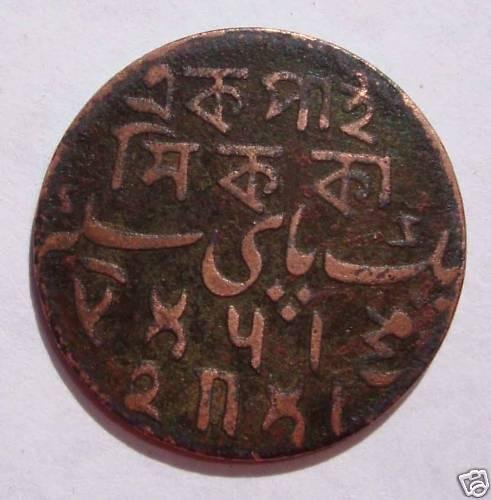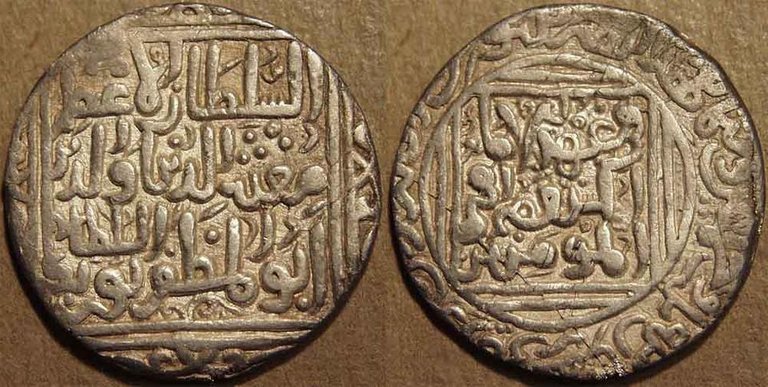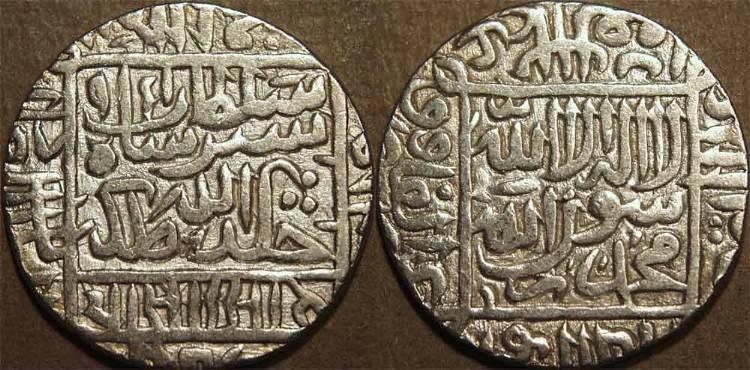The history of coins – this might be reminiscent of a boring coursework that you might have obliged to take in college. How interesting can the evolution of a now almost insignificant mode of currency be? As it turns out, history is replete with exciting stories about the invention of the coin and its usage in the ancient world. In ancient India, for example, people had their own money trees where they could store their coins. The “tree” was a flat piece of metal shaped like a tree with metal branches attached to it. At the end of each branch was an ancient Indian coin, a round disk with a hole in the centre. So whenever there was any need for money, all one needed to do was break off the coin from their money tree. Sounds quite ingenious, doesn't it?
It is Md Noorul Islam, a renowned archaeologist and coin collector, whose collection of ancient coins is inspirational. Islam also helped Associate Professor Bulbul Ahmed and Professor AKM Shahnawaz, both of the Department of Archaeology of Jahangirnagar University by giving them permission to access his private collection for their book 'Coins From Bangladesh.' The book, published by Nymphea Publication in collaboration with Standard Chartered Bank, Bangladesh, presents a fresh perspective on the history of numismatics in Bangladesh.
In the foreword of the book, Dr Rezaul Karim, retired Keeper of the Dhaka National Museum, indites that like India, Bangladesh is heir to a rich legacy in the matter of coins as well
. Coins are first said to have invented and used in the 7th century BC. Bengal didn't take too long to catch up, as the oldest coins of Bengal, those made during the Janapada settlement, date back to the 5th to 4th centuries BC.
“The unique place of coinage in contemporary history is universally recognized. Even where contemporary history is conspicuous by its absence, coins play still a greater role. Much of the unknown information on the ancient and medieval history of Bengal has been made known through the study of coins or stone inscriptions,” writes Karim.
When coins were first invested in the Indian subcontinent, several small states (Janapadas) and large states (Maha Janapadas) took to the task of creating punch-marked coins. Every state ensured that their coin would not have the same look and feel as those invented by other states. Thus, you'll find that the coins of various Janapadas differed from each other in form, weight, fabric, symbology, and quality of metal. For example, the Lauhitya Janapadas coins, which were probably invented during 6th century to 3rd century BC, generally have four to five symbols on them. While the symbols depicted on the coins changed over time, the sun, which could signify the sun god worshipped by them, remained a constant in most of the Lauhitya coins excavated from various parts of Bangladesh.
The Mughals were conscious of leaving their imprint, and establishing their reign through the unique designs displayed on the coins issued by them in India. Unlike earlier regimes that used imagery on their coins, the Mughals, due to their religious beliefs, refrained from using any portraits or images on their coins. Instead, the Mughals engraved Arabic alphabets on either sides of their coins, along with the name and formal title of the reigning Sultan.
Coins were also issued by Hindu kings during the Mughal regime, in an effort to assert their independence and autonomy from the Muslim rule. The Jaintia kings, who ruled over the Jaintia Hills, mainly issued coins on the occasion of the accession to the throne. Similar to the Mughals, the Jaintia kings inscribed expressions of their devotion to a god or goddesses on their coins. However unlike the Mughal coins, their coins, which came to be known as 'Katrataka' or 'sword money' because of the customary symbols of a sword and musket inscribed on the coins, did not feature the names of the issuer.
The colonizers from Great Britain initiated the use of machines to manufacture coins in India. Despite that, the manually operated die striking method of making coins continued in India till machines completed took over in the last quarter of the 18th century. Initially, the coins were minted by imitating the Mughal ones. However, by 1835, Indian coins were given a massive makeover by the British East India Company.
“During the British period the government used to produce coins that carried the local symbols. The government did not want to push their imperialistic culture over night. Gradually the market flooded with coins that crabbed with the portrait of Queen Victoria,” says Professor Shah Sufi Mustafizur Rahman, of the Department of Archaeology at Jahangirnagar University.
After the British reign ended in 1947, India was famously divided into two nations. The coins minted in united Pakistan originally bore the legend Government of Pakistan in English and in Urdu. The distinctive design on the coin was evocative of the Mughal regime, as the reverse side of the coin bore the crescent moon, a symbol for Islam and its followers. When East Pakistan, demanded Bangla to be declared as a state language along with Urdu in 1952, a new set of coins were introduced with the denomination on the coins inscribed in Bangla, English and Urdu.
With Bangladesh gaining its independence from the Pakistani occupying force in 1971, it was time to bring about drastic changes in the coins designed in the land till then. The taka, which got its name from 'tanka', an ancient denomination of silver coins, replaced the Pakistani rupee, and coins were first introduced in 1973, featuring the lotus flower on the reverse, a symbol that we have come to identify with Bangladeshi coins, and the denomination of the amount on the obverse.
While rapidly depleting in monetary value, coins still have the power to retell history in a manner that won't be found even in the most detailed textbooks. Bangladesh is a treasure trove of ancient coins, but we are yet to explore this treasure. Perhaps with more detailed, better funded excavation projects, we will be able to know more about the rich, varied history of our land and its people.




Hi! I am a robot. I just upvoted you! I found similar content that readers might be interested in:
http://www.thedailystar.net/from-kori-to-taka-17486